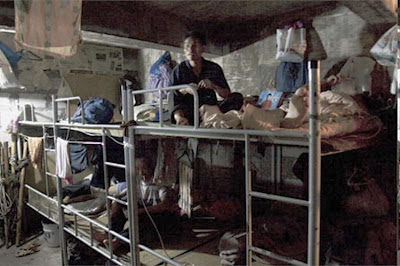.
Fireplace Doors
A Very Good Idea for Ireland
As part of a real-world and practical approach to addressing the energy crisis, I am proposing that the Irish Government, and
SEI its agency, take on the idea of fitting fireplace doors to every open fire in the country!!
20% of Irish homes do not have central heating, a large proportion of these use open fires. Additionally, many home with central heating use an open fire as a secondary source of heat. Doubling or trebling the efficiency of all of these fires would therefore be a practical approach to energy efficiency.
Fireplace doors, in a simple form and design, could be very cheaply produced in Ireland. The work of production and fitting would provide much needed employment in metal fabrication industries etc.
I have included a number of photographs in this post of commercially available fireplace doors to give you some idea of what is actually involved.
The government promoting and grant aiding the fitting of these doors would be at once a massive, practical, and inexpensive investment in our energy efficiency drive.
What are Fireplace Doors and what do they do?A fireplace door is a common part of an open fire in the USA. They perform several very useful functions.
1. By controlling the amount of air being sucked up the chimney, it helps cut down the loss of heat. Open fireplaces can lose over 80% or four fifths of the heat up the chimney to warm the crows!!! A fireplace door can reduce this heat loss substantially. It will reduce the directly radiated heat by a relatively small amount. But if the fire has a back boiler, the addition of the fire-front doors will substantially increase the heat going into the boiler and thus to the radiators.
2. By controlling the amount of air and oxygen, the fire will burn in a more controlled and efficient way and the fuel burns for longer.
3. Fire-front doors make an open fire much safer in almost every respect. The danger of falling coals or sparks is totally eliminated, and the danger of a child or elderly person falling into the fire is equally eliminated.
4. The doors will also reduce smoke and dirt being released into the room. Better for health and hygiene, and also lowers the re-decorating costs.
5. When the fire is not lit the doors will reduce draughts caused by the suction of the chimney.
What are they made of?Fireplace doors are generally made with steel or stainless steel frames and tempered glass windows. Tempered glass is heat resistant and is much safer and stronger than ordinary glass. The frame has to be a good fit in the existing fire opening; any gaps need to be sealed to air tightness using fireproof materials such as fibreglass and fire cement.
Fireplace doors commonly have adjustable vents to control the air intake to the fire allowing the rate of burn of the fire to be controlled. This is very useful as it prevents waste of fuel. These vents need to be kept at least partially open. Otherwise the fire would be starved of oxygen.
 What are the benefits?
What are the benefits?Properly installed fireplace doors can substantially increase the energy efficiency of any house with an open fire. Essentially, they will save money and make a house more comfortable. Correct fitting is of the essence, as poorly fitted doors will not control the flow of air properly and therefore will have little effect on the burn rate of the fire.
Safety is another major advantage of these doors. If every home had them fitted, there would be a reduction in the number of household accidents.
Types, Design and Price?The design is basic, glass fronted airtight doors fitted with an adjustable vent; the rest is a matter of taste.
Each door would need to be sized to the individual fireplace that would depend on the measurements. There are a number of ready-made options on the US market. A few manufacturers are starting to offer models in the UK.

Price? Anything from $60 in the US for a basic design
DIY kit. Fancy stainless steel designs could run to €700 or a lot more. The fitting should be no more than a couple of hours work by a competent handyman costing anywhere from €100 - €200. Many would be able to fit them on a
DIY basis.
End WordAll I can say at this point is that I hope the government runs with this one and does a bit of forward planning and something to stop the price gougers before it starts. It would be nice to think we could avoid a fiasco like the wood-pellet cock-up by
SEI.
.



















I had no idea, but also unfortunately we don't have any room thermostat, only the dial on the boiler.
The only non-boiler control is the central heating timer which can be set at 30 minute intervals.
Should we set the boiler up high and set the timer to go on/off every consecutive 30 minute chunk of time?
'Course not, we need to get those radiator thermostats I presume. Our little baby boy would have a lot of fun with those!
1:36 PM